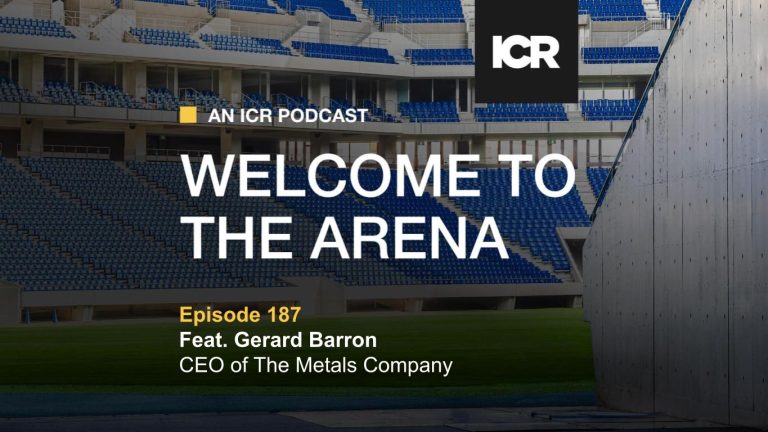Even before last year’s slowdown in SPAC activity, there was increasing discussion about the large number post-IPO SPACs struggling to complete mergers. In 2020, 247 SPACS were created and in 2021 that number grew to 613. But as of this writing, many of 2021’s active SPACs are still pre-deal, meaning they have not found a target with which to merge. In fact, more SPACs are currently liquidating than are listing. As more and more companies run out of time to find a private target with which to merge, a plan to liquidate becomes a necessity.
While IR and PR communications strategies are critical during the initial SPAC IPO process, managing communications around a liquidation is equally important. SPACs that find themselves not being able to consummate a merger should be aware that in addition to stock exchange notification requirements and disclosures, there are broader communications details to consider when managing a SPAC liquidation and de-listing process. Considering the sponsor’s reputation when making the announcement to liquidate is critical. Strategic messaging and positioning, SEC filing language, press announcements, media and investor relations, and shareholder communications all need to be planned and addressed to appropriately position the sponsor for future investment opportunities.
Which communication path a sponsor takes is impacted by a number of factors:
Does the sponsor have other SPACs in the market? If the answer is yes, then clarity in messaging is critical to avoid any confusion which SPAC is being liquidated and which is still actively seeking a merger partner. Deciding to liquidate one SPAC could send the message to shareholders that the sponsor is going to be selective in choosing a target for the still-active SPAC, not simply completing a deal to avoid liquidation.
Did the sponsor complete a business combination with a different SPAC? A sponsor that has a SPAC that competed a deal with one vehicle but decided to liquidate another should benefit from making the decision to liquidate rather than rushing just to do deal. This will be important when potentially raising future SPACs. When communicating the decision to return capital to shareholders, the sponsor should clearly detail how the decision was made in the best interest of all shareholders (of both vehicles), cultivating a favorable position for future transactions.
Is the sponsor a high-profile individual who will generate headlines? Higher profile individuals or executives will naturally attract media attention, so managing that to best position the decision to liquidate is important now as well as in the future. The sponsor’s notoriety likely played a role in raising the SPAC, so communications should support a calculated choice to liquidate versus a failure in order to protect reputation and keep the door open for future endeavors.
Does the sponsor plan to raise future SPACs as market conditions normalize? If the plan is to potentially raise future SPACs, it is important to actively communicate the significant effort made by the sponsor before making the decision to liquidate, such as the hours of diligence invested, the number of deals reviewed and considered, etc. Those shareholders are potential investors in future SPACs, so managing the tone of any media coverage is important since media coverage of future SPAC raises will likely reference the previously liquidated SPAC.
Whatever a SPAC sponsor’s specific situation, a seasoned advisor can help guide the communications and legal requirements around a SPAC liquidation. ICR’s SPAC Liquidation Communications Services provide SPAC sponsors with strategic advice and necessary support to properly communicate with investors during the liquidation and de-listing of a SPAC. Want to learn more? Get in touch.



